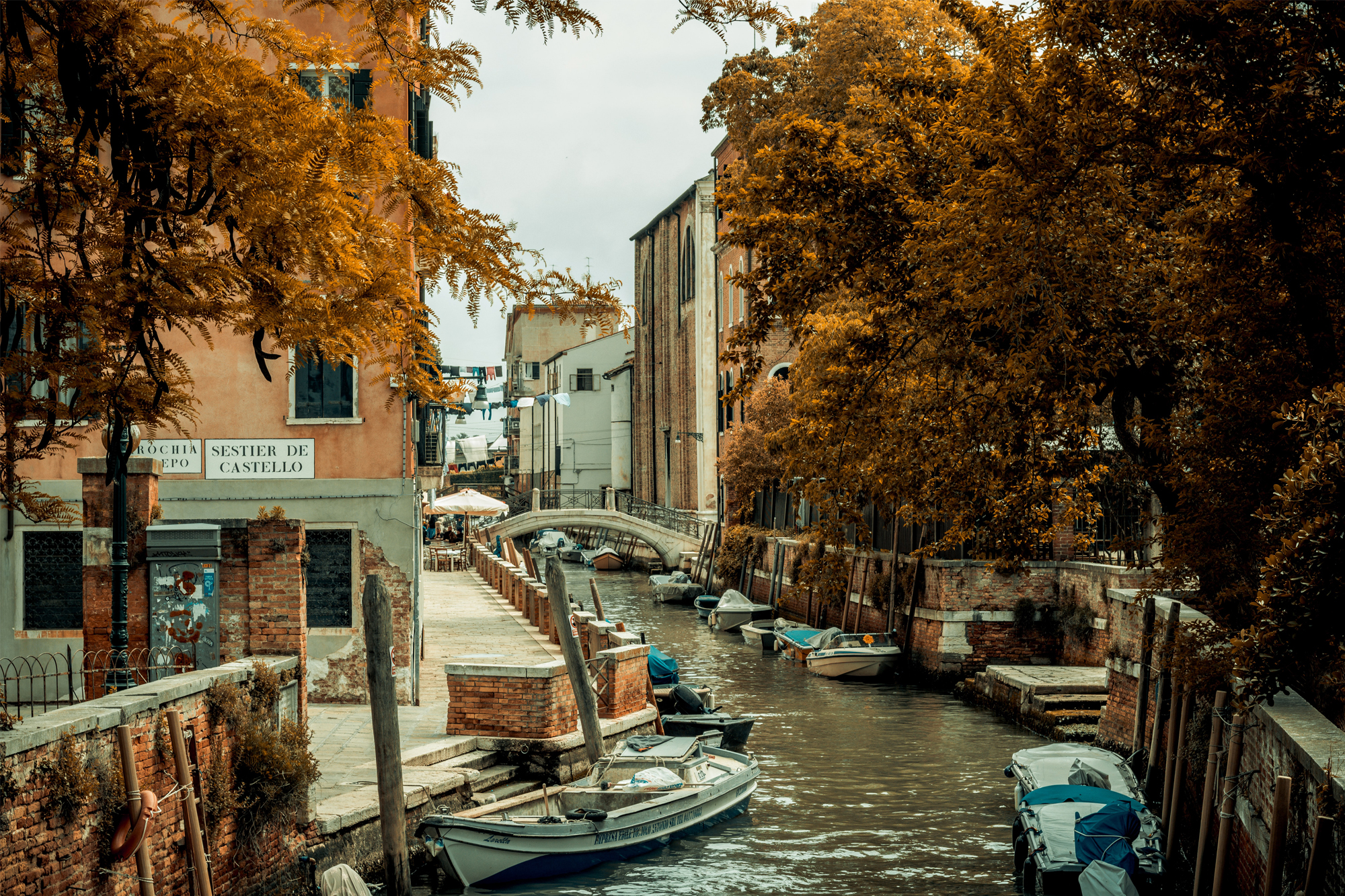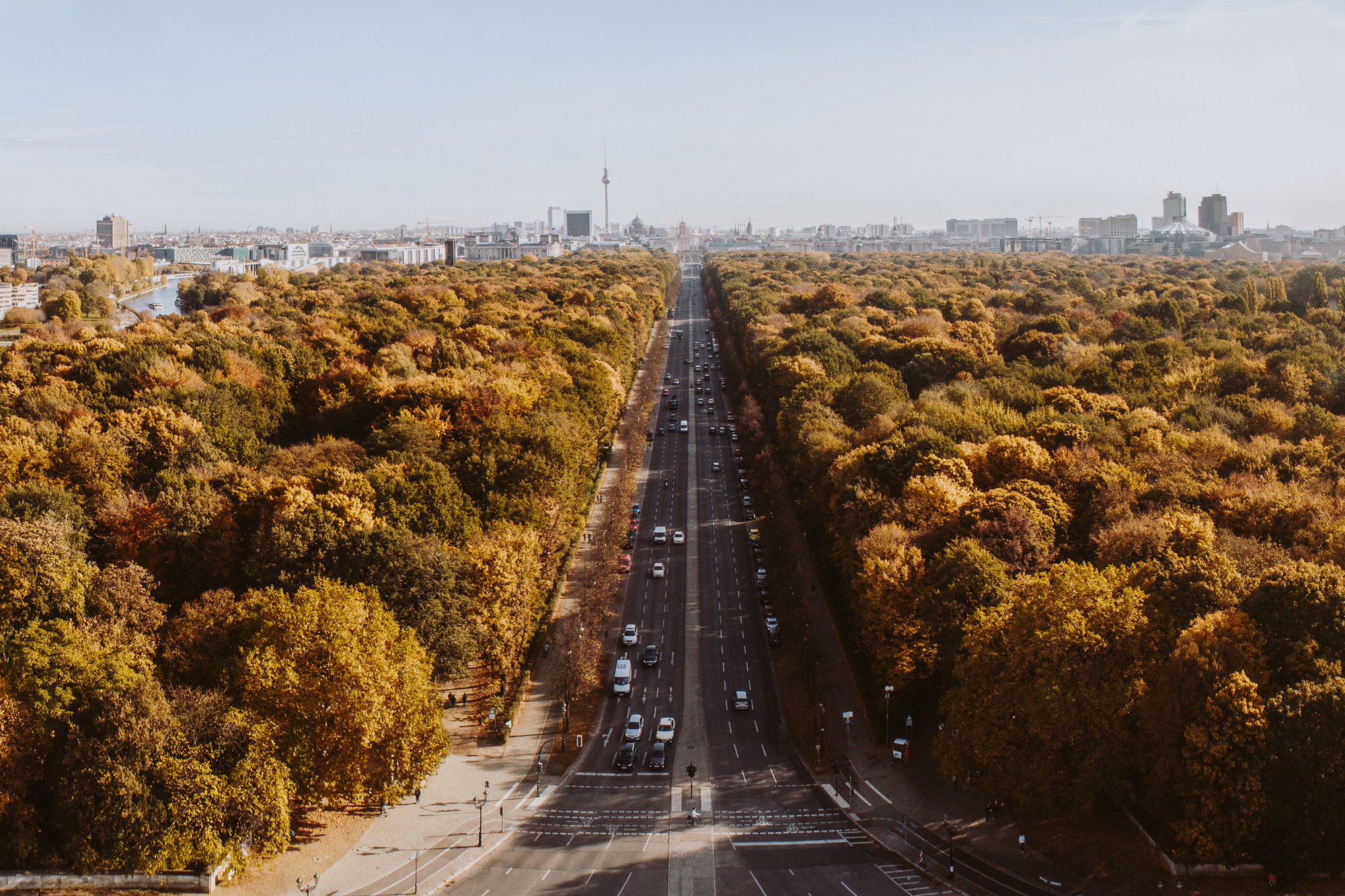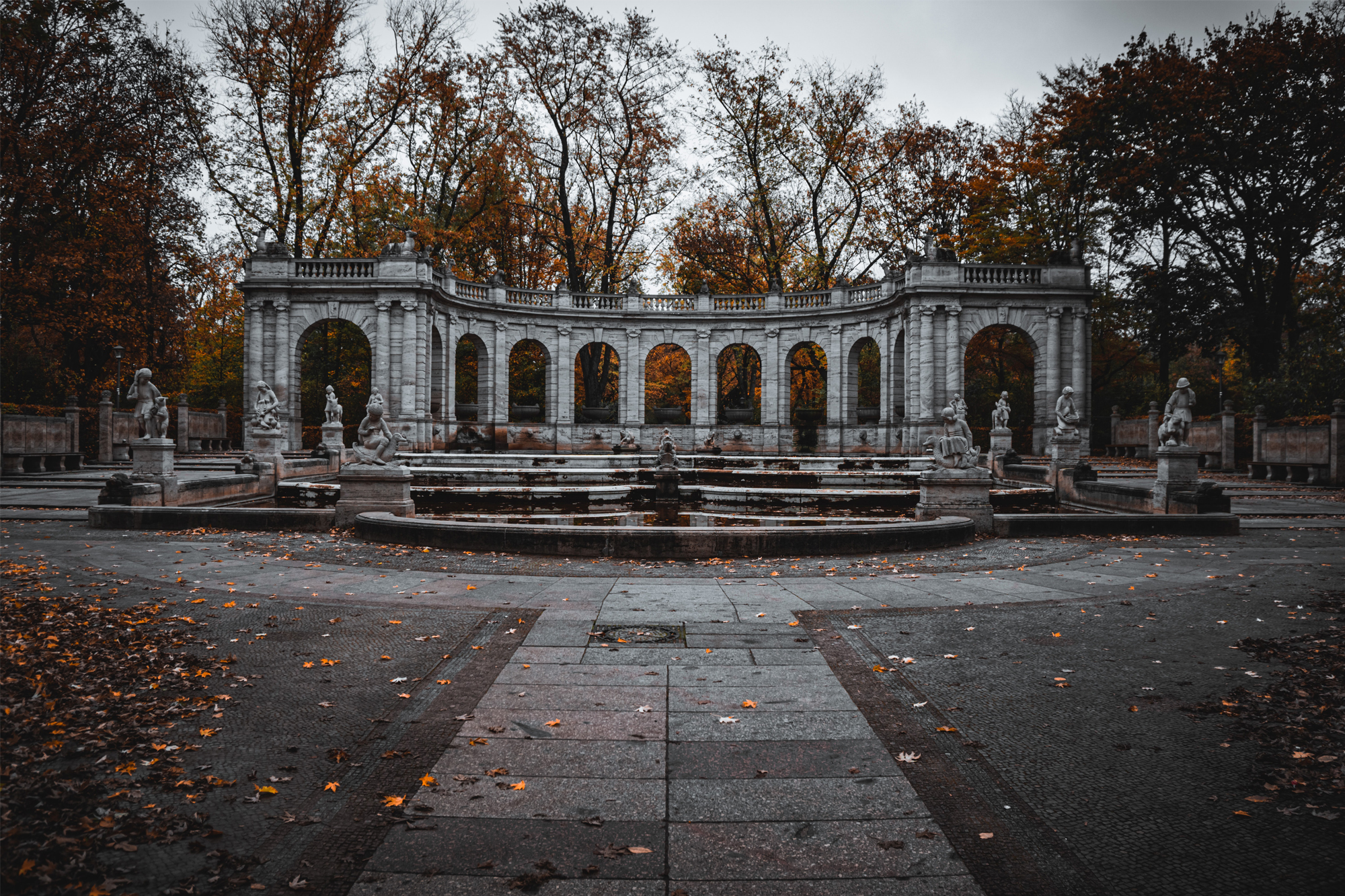
City break: How to skilfully set the scene for autumnal backdrops
A trip to a city in the golden autumn offers a variety of photo motifs. To capture Europe's unique buildings in warm, soft light and bright colours, you often need nothing more than a simple mobile phone camera.
12 October 2021
When the autumn colours transform cities into picturesque backdrops, it's the perfect time for a city break. Within Europe, you can often find destinations,just a few hours away, that not only offer culture and a wide range of leisure activities, but with their architectural marvels and historic buildings, they also offer multifaceted opportunities for great photos. With us on every city trip: our mobile phone. And that's a good thing, because for street photography in the city, our smartphones are often the best option.
Smartphone vs. professional camera
A big advantage of photography with a mobile phone is literally obvious: In contrast to the clunky camera, which also takes up a lot of space in your hand luggage, the mobile phone can quickly be pulled out to take a snapshot while sightseeing. This also makes the shots more "true-to-life", as everyday moments can be captured so well, whereas with professional cameras you often plan the perfect shot for longer and approach it very deliberately. Spontaneity is a factor that benefits vibrant and unique photos.

High quality thanks to portrait mode
While in the past only professional cameras were able to perfectly stage objects thanks to depth of field, since their sensor is much larger, smartphones now also have a function that compensates for this: portrait mode. This makes people or objects stand out through the interplay of sharpness and blur between the foreground and background. In addition, pictures taken in portrait mode impress with their high quality and the possibility to edit them afterwards.



Rules of thumb for successful pictures
Even for amateur photographers, it can be very easy to take beautiful pictures if they take two simple rules to heart - regardless of whether they are taking pictures of people or objects. The first rule is called the "Natural Frames" rule and is especially useful for photographing people. This involves positioning people, when taking pictures, in a natural frame provided by their surroundings. This can be a city gate, a passageway or even a flower gate. In the second rule, the so-called "rule of thirds", the screen is divided with two horizontal and two vertical lines. The person, object or detail to be highlighted is then "placed" at one of the four intersections of the lines. This creates a kind of asymmetry in the arrangement that the human eye prefers and is ideal for depicting people in front of landmarks, for example.

Defy light conditions and distances
Cities offer countless motifs that are attractive for photographs - for example, exciting architecture. However, large buildings in particular are not so easy to capture. Here, too, most mobile phone cameras now offer great functions that make such shots easier: With the help of wide-angle and super-wide-angle cameras, extensive objects can be captured without any problems or enlarged many times over with zoom shots. Newer models often also have a night shooting mode, which also enables long exposures and allows for unexpected possibilities in difficult lighting conditions to photograph the exciting motifs that arise in the evening and night scenery of the city.


